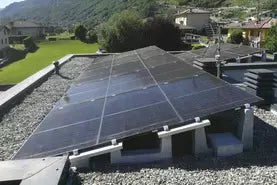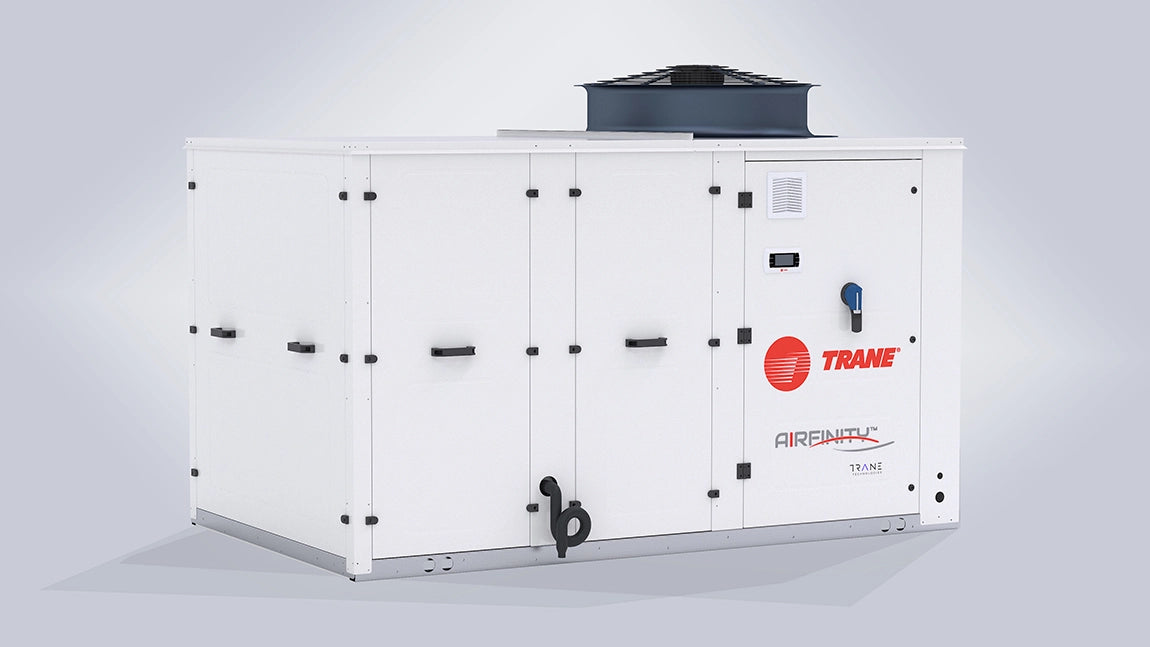https://solarquarter.com/2023/03/02/the-future-of-energy-depends-on-derms/
The Future Of Energy Depends On DERMS
Reading Time: 4 minutes
Distributed energy resources (DERs) like residential solar panels are a great way for homeowners to reduce their carbon footprint and the energy they draw from the grid. Consumer DERs can also benefit utilities, as owners of PV panels can augment the utility’s power supply by putting excess power into the grid. However, DER assets are only advantageous to both parties if utilities can manage their contribution to the grid safely and consistently. Solar PV and EV chargers can disrupt grid stability if utilities can’t accommodate spikes in power generation or consumption. To effectively manage DERs, utilities need to employ innovative clean energy tech that can seamlessly manage and integrate various resources from DERs to traditional power plants.
Managing these resources while minimizing grid disruption and controlling for intermittent power supply is a huge challenge, and a grid that cannot effectively support DERs is essentially wasting clean energy. Utilities may think accommodating these renewable assets and making full use of their clean energy requires major infrastructure upgrades. However, cost-efficient software solutions exist now that utilities can easily integrate with legacy grids to balance both renewable assets and legacy fossil fuel power plants.
DERMS – a distributed energy resource management system – is the key to unlocking the renewable energy potential of communities’ residential DERs. Without requiring major infrastructure upgrades, utilities can today install a tool that manages the rapid addition of renewable assets. A DERMS gives grid operators a comprehensive view of everything that’s happening on the grid, and can balance power between intermittent assets, energy storage, and legacy power plants.
PXiSE Energy Solutions has partnered with several utilities around the world to help manage their energy assets with a DERMS solution. One such project is in the remote town of Onslow, Australia, where utility Horizon Power needed a way to integrate a broad array of customer DERs into a grid that includes fossil fuel generators. This isolated community lacks a connection to a larger power grid, which makes power management with a high number of intermittent renewables more challenging.
Horizon Power paired a state-of-the-art DERMS alongside a microgrid controller from PXiSE that uses two-way, sensor-based technology to monitor the grid in real time, mitigating disturbances and balancing variable solar generation, energy storage, and customer demand.
With 260 customer solar PV resources providing 2.1 MW generating capacity (and capacity for an additional 200 kW), the project provided Horizon Power with the tools needed to manage Onslow’s diverse energy assets. The project also demonstrated that the combination of a microgrid controller and DERMS can help a community run entirely on fossil-free DERs. Earlier this year, in the world’s first known instance of solar-plus-batteries supplying 100% of a community’s power, Onslow was powered without the use of any fossil fuel or hydropower-based systems for 80 minutes.
The landmark event in Onslow proves that a DERMS can manage DERs with a degree of precision that eliminates grid stability concerns and moves communities closer to being able to operate entirely on renewable energy assets. As communities seek to meet their climate action goals, DERs will continue to increase. DERMS technology available today can help utilities ensure their grids are not only prepared but also optimized for the benefits of the clean energy revolution.








